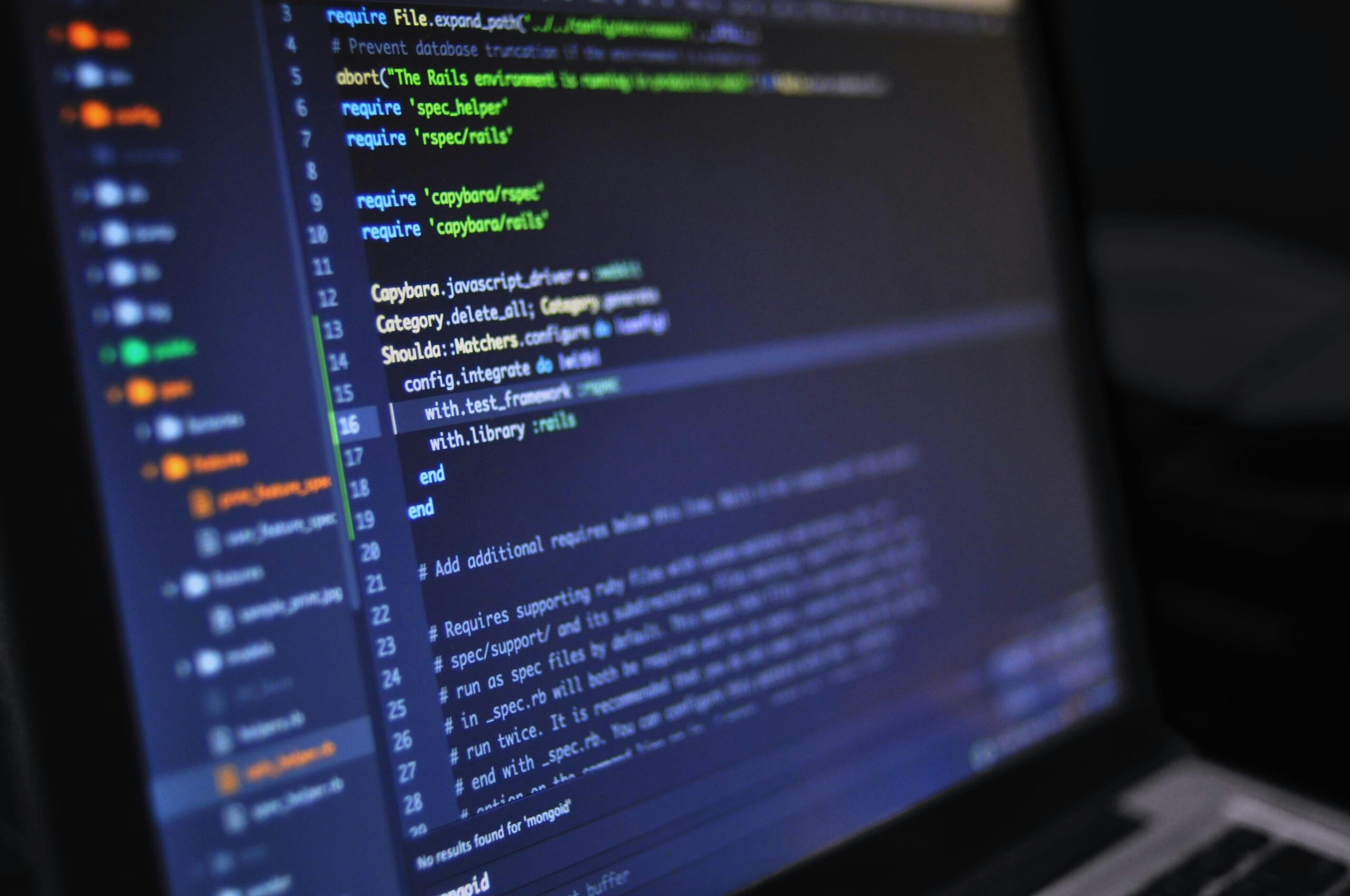As we navigate through 2024, the landscape of DevOps continues to evolve, driven by advancements in technology and shifts in organizational culture. This blog explores the key trends and technologies shaping DevOps in 2024, offering insights into how organizations can leverage these developments to enhance their software delivery and operational efficiency.
1. AI and Machine Learning Integration
One of the most significant trends in DevOps for 2024 is the integration of AI and machine learning. These technologies are being utilized to automate and optimize various aspects of the software development lifecycle (SDLC). From predictive analytics for identifying potential issues before they arise to intelligent automation that can manage routine tasks, AI and machine learning are enhancing the efficiency and reliability of DevOps practices.
- Predictive Maintenance: AI-driven predictive maintenance tools can analyze historical data to predict when components are likely to fail, allowing teams to proactively address issues before they impact production.
- Anomaly Detection: Machine learning models can continuously monitor system performance, detecting anomalies that may indicate security breaches or system failures.
2. DevSecOps Maturity
Security remains a critical concern, and the maturity of DevSecOps practices is a prominent trend in 2024. Organizations are increasingly embedding security into every phase of the SDLC, ensuring that security considerations are not an afterthought but a fundamental part of the development process.
- Shift-Left Security: Security practices are being integrated earlier in the development cycle, allowing developers to identify and fix vulnerabilities before they become costly to address.
- Automated Compliance: Tools that automate compliance checks against regulatory requirements are becoming more sophisticated, helping organizations maintain security standards without slowing down development.
3. Infrastructure as Code (IaC) Evolution
Infrastructure as Code continues to be a cornerstone of DevOps, but in 2024, it is evolving with more advanced tools and practices. The focus is on enhancing the manageability, scalability, and reliability of infrastructure through code.
- Declarative IaC: Declarative approaches to IaC, where the desired state of the infrastructure is defined and the system ensures that state is achieved, are becoming more prevalent.
- Policy as Code: Integrating policies into the IaC process to ensure compliance and governance automatically as part of the infrastructure provisioning process.
4. Edge Computing and IoT Integration
The rise of edge computing and the proliferation of IoT devices are influencing DevOps practices. Managing and deploying applications at the edge requires new approaches to ensure low latency, high availability, and security.
- Edge DevOps: Tools and practices are emerging to manage the unique challenges of deploying and operating applications at the edge, including dealing with intermittent connectivity and constrained resources.
- IoT DevOps: Continuous integration and deployment practices are being adapted to handle the massive scale and diversity of IoT devices.
5. Platform Engineering
Platform engineering is gaining traction as organizations look to provide development teams with self-service platforms that abstract the complexities of the underlying infrastructure. This trend aims to enhance developer productivity and accelerate innovation.
- Internal Developer Platforms (IDPs): Creating internal platforms that offer developers easy access to the tools and environments they need to build, test, and deploy applications efficiently.
- Self-Service Infrastructure: Enabling developers to provision and manage their own infrastructure through user-friendly interfaces and APIs, reducing dependency on central operations teams.
6. Sustainability in DevOps
Sustainability is becoming a key consideration in DevOps practices. Organizations are increasingly aware of the environmental impact of their IT operations and are adopting practices to reduce their carbon footprint.
- Green DevOps: Implementing practices that minimize energy consumption and waste, such as optimizing resource utilization and using energy-efficient data centers.
- Sustainable Software Development: Developing software with sustainability in mind, including considerations for energy-efficient coding practices and sustainable application architectures.
Conclusion
The state of DevOps in 2024 is characterized by rapid technological advancements and an increased emphasis on security, scalability, and sustainability. By embracing AI and machine learning, integrating security throughout the SDLC, evolving Infrastructure as Code, managing edge and IoT deployments, focusing on platform engineering, and adopting sustainable practices, organizations can stay ahead in the competitive landscape. As DevOps continues to mature, these trends and technologies will be crucial in driving innovation and operational excellence.

